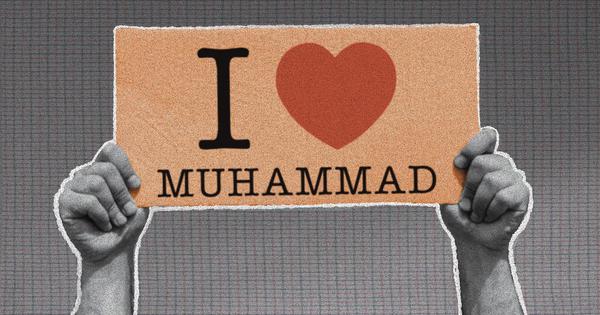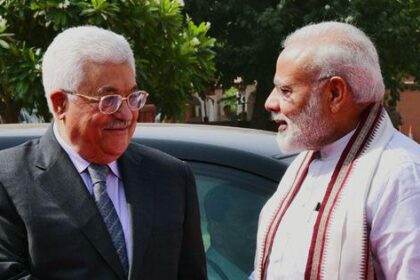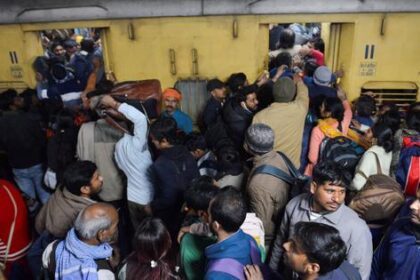Controversy over posters sparks unrest and political maneuvering in Uttar Pradesh towns.
The recent unrest in Bareilly, Uttar Pradesh, stems from a protest initiated by a local cleric in response to police actions against Muslims in Kanpur. The situation escalated following the display of a banner proclaiming “I Love Muhammad” ahead of Milad-un-Nabi, the birthday celebration of the Prophet Muhammad. Hindu residents objected to this display, stating it deviated from customary practices in previous celebrations. As tensions rose, police intervened, relocating the banner to prevent further conflict.
In the aftermath, a protest was called by Maulana Tauqeer Raza Khan, a controversial figure with a history of provocative statements. Although the local administration denied permission for the gathering, Khan still urged supporters to attend via social media. The resulting clashes led to significant unrest, prompting police to resort to lathi-charging crowds. Authorities have since arrested at least 55 individuals, including Khan, who is now a key suspect in the investigations surrounding the violence.
Uttar Pradesh Chief Minister Yogi Adityanath condemned the “I Love Muhammad” posters, asserting that symbols of faith should be respected. His remarks reflect a broader strategy by the Bharatiya Janata Party (BJP) to galvanize support among Hindutva sympathizers amidst this controversy. Political analysts suggest that the turmoil may benefit the BJP in the upcoming elections, as locals allege Khan has previously aided the party by influencing Muslim voting patterns.
The unrest in Bareilly is part of a larger narrative that began in Kanpur on September 4, when the “I Love Muhammad” banner was first displayed. This incident triggered a backlash, leading to police action against several individuals, which further fueled protests across various states, including Maharashtra and Gujarat. In response to the Muslim assertions, some Hindu groups began counter-campaigns, producing their own posters declaring “I Love Mahadev” and “I Love Ram.” This exchange highlights the growing polarization and tension between communities in the region.
While the Kanpur police later clarified that no action was taken against those who displayed the “I Love Muhammad” banner, the narrative had already gained traction on social media, further complicating the situation. Prominent political figures, such as Uttarakhand Chief Minister Pushkar Singh Dhami, have also weighed in, criticizing the placards and accusing their bearers of inciting unrest.
Khan’s political history adds another layer of complexity to the situation. Known for his inflammatory rhetoric and controversial actions, he has previously garnered attention for opposing figures like author Taslima Nasrin. Residents of Bareilly have expressed discontent with his role in the protests, suggesting that his actions are more politically motivated than genuinely representative of community sentiments. Some locals have pointed out that Khan’s involvement often serves to manipulate the political landscape, contributing to divisions within the Muslim electorate.
As the unrest continues to unfold, the political ramifications remain to be seen. The dynamics between community sentiments, political maneuvering, and law enforcement responses illustrate the complexities of religious and political interactions in Uttar Pradesh. The situation in Bareilly, marked by both protest and counter-protest, signals a critical juncture in the region’s socio-political landscape.








